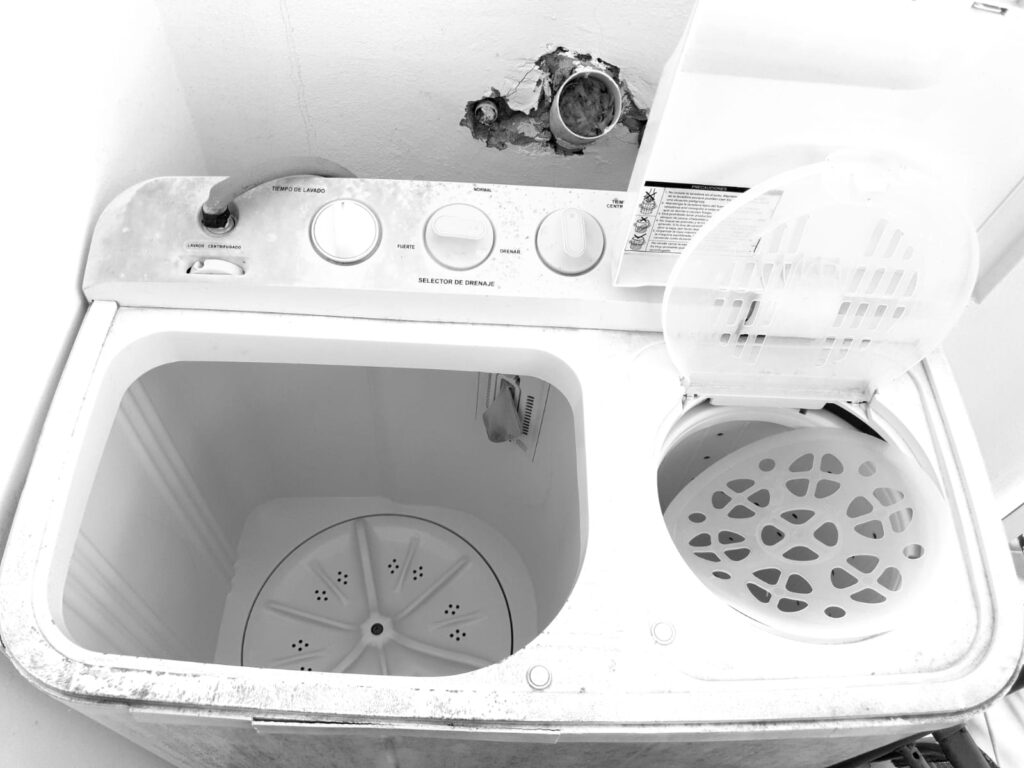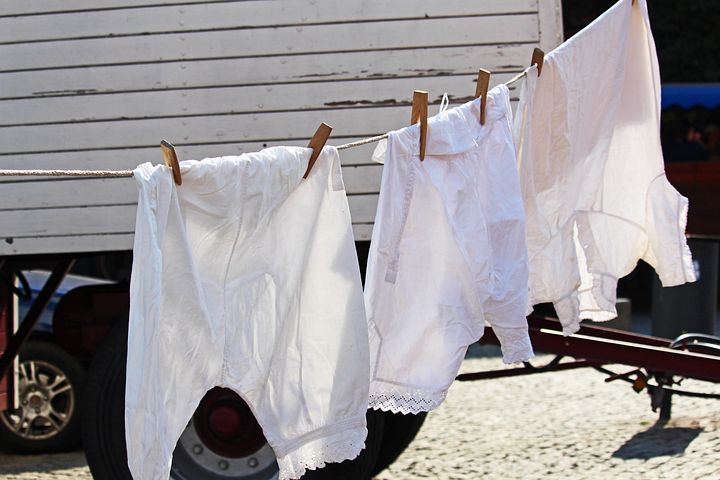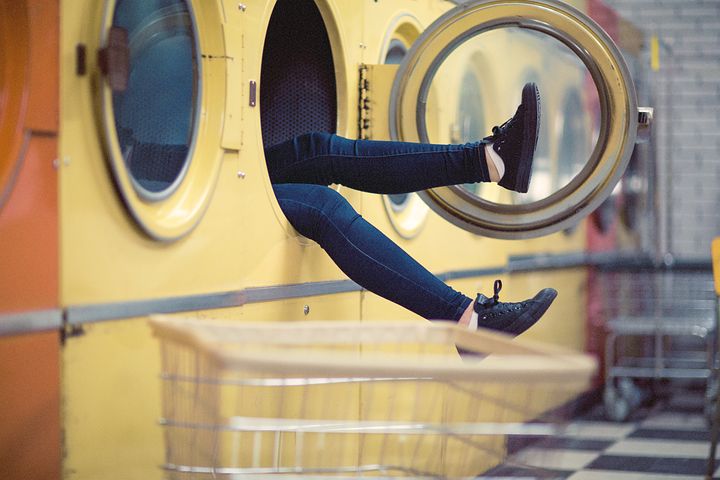Today I’m going to share a new “real-life” blog, that’s not related to weddings. Well not directly at least, cause as your wedding planner it’s obviously very important too, to wear cloths without stains. haha
Let’s talk about washing in the Dominican Republic. Obviously it’s possible to buy fully automatic washing machines in the Dominican Republic. You can buy (almost) everythinghere, if you have the necessary change. Everyone, who takes or took the decision to live on our Caribbean island, is or will be confronted with a very important thing right at the beginning of their stay: the Dominican washing machine. They’re pretty big and actually look quite nice – well let’s say: from the outside. But once you get started, you will probably quickly reach your (American or European) limits.
Have fun with this (maybe a little bit satirical) guide on how to clean your laundry in the Caribbean:
The local water system is quite simple. Before moving, you better check if your new place is connected to the water lines. There might be a line, but best will be to check with the neighbors on how often water arrives to the neighborhood. Not all the houses offer running water connection or a water tab, if not available, you’ll be carrying buckets from A to B. Not even starting with hot water boilers – luxury-nice-to-have.
So let’s start: Once your washing mashine is filled with water, add just a little bit of washing powder. The local must have: Jabon de Cuaba. This soap is available in different textures and you can use it for basically everything. To wash your clothes or dishes and even to shower. The fun part? It works! As far as I know, the main ingredient is pine resin. However, I try not to focus too much on ingredients here.. 🙈
Sometimes it might be healthier here to just focus on what works.. So let’s get back to the cleaning process: Very dirty clothing should be brushed with Jabon de Cuaba. Local laundry specialists like to add a pinch of Cloro (Chlorix). Since I’m quite bad with the dosage, I prefer not to do so. After trying a few times and ruining some of my cloths I just don’t wash with cloro anymore…
Now add the previously brushed cloths to the mashine and start a first round of washing. A small extra insider tip: not all the houses offer hot water, so in my case: i’ll boil (quite old-fashioned) a large pot of water and add it to the mashine manually. No exact temperature needed: hot water is hot water.

Next: how to turn on and off the mashine. How many switches? One. Washing time options? 15 minutes. Start to pull down the laundry by a vacuum at short intervals. Soak, soak, soak.
After your first attempts, you’ll probably learn that it’s better to use laundry nets. After your first laundry nets purchase, you’ll probably also learn how quickly those things dissolve and what your clothes really have to endure during soaking in the local washing mashine. Not mentioning the color of the laundry water after a first wash – didn’t even know our cloths are THAT dirty!! But thinking about all the dust on the streets and in the air.. You can imagine…. But thank goodness it doesn’t smell like it looks. So now, better to drain the water. Put the cloths into the other basket of the mashine, rotat another switch, ready. Now fill in fresh water and repeat, as many times as you think are necessary to get your cloths fully cleaned.
The local-washing-pro will place two large containers next to the machine with clear water. Where they will rinse the cloths twice with clear water.
But somehow I don’t really get it. After washing I still have the feeling of lots of Jabon de Cuaba hidden in my laundry. How much Jabon do you actually need to do the laundry? I don’t know….
Once the laundry is fully cleaned, it (usually) would be ready to hang to dry.. But with our local laundry machine, right now, it’s just dripping wet. As mentioned above, the mashine has an extra basket were we will place the cloths next, before turning on another switch to spin them around. It might be posible, your mashine will make some noises and bump around, but doesn’t spin as planed.
The drying basket is the part that most brakes down in local laundry-mashine-lifes.
Local pro-washer-tip: divide the weight of your wet clots in a circle and try to find a working weight. Might not work with too much cloths either – your probabilities to bring your dryer to spin will be much higher with less cloths and an elaborated division of their weight! Using a local washing mashine can be fun and/or stress. That depends on how you see it. But it makes me burn some extra calories. Even though I am not sure if it’s because of the extra work out of lifting wet cloths from A to B or because of the not-working-dryers.
After all we are now ready to hang our laundry. They are not dripping wet, but also not dry. So we’ll hang them – usually somewhere around the house. Make sure to have enough clothspins, as it’s common law, that the wind will be stronger than ever, at the moment you’re cloths will be hanging from your terrace. But somehow all the neighbors know what clothing belongs to which neighbor, as lost pieces somehow always appear back home. Pro-washer-tip number 2: don’t get to far away from the (crime) scene – as you already know “The Dominican Republic has it all”. And it’s another common law, that a tropical rain might appear as soon as you hang your cloths (or wash your car).

Summary: Take a day off to do your laundry in the Dominican Republic, buy lots of clothespins and above all: Jabon de Cuaba – whatever exactly it is 😊
See you soon
Anni





